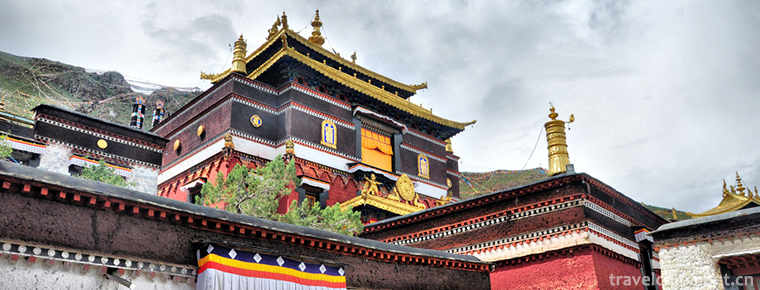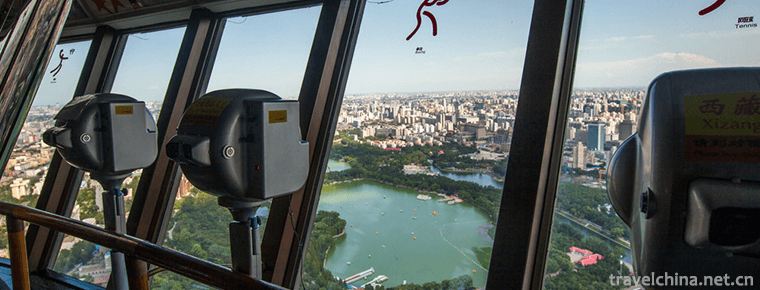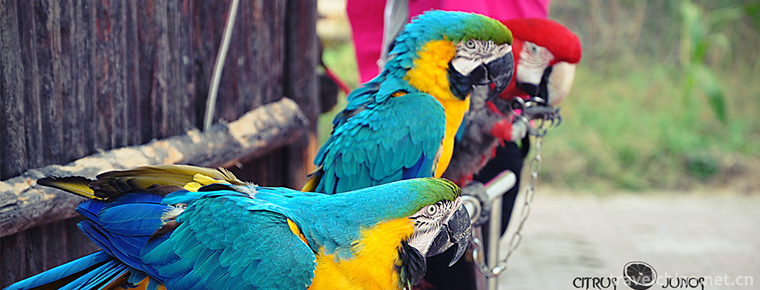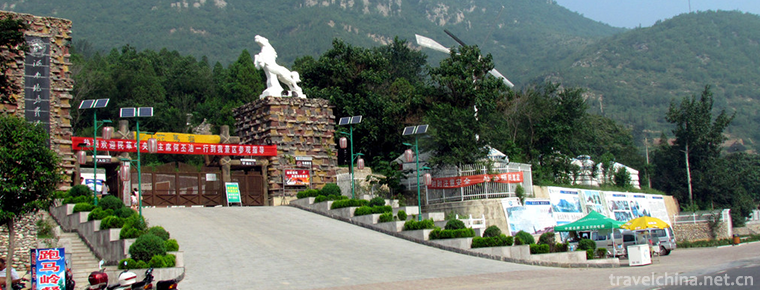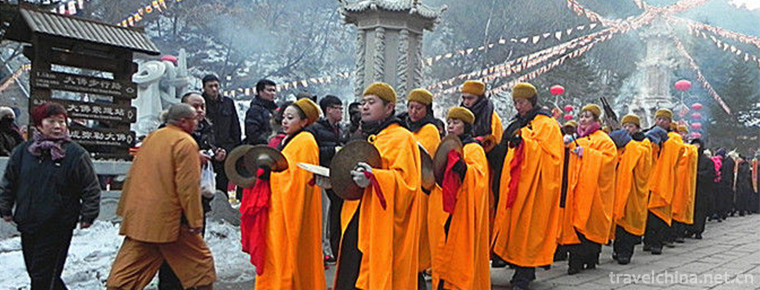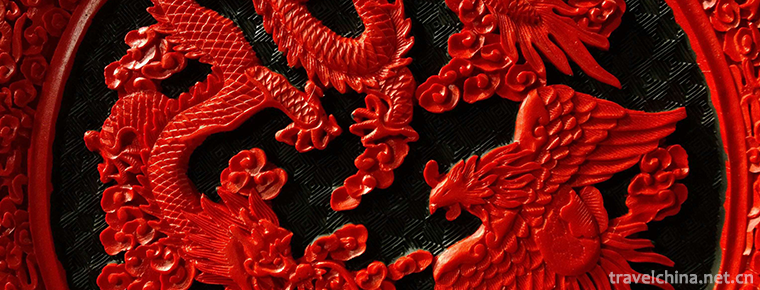Huizhou folk songs
Huizhou folk songs
Huizhou folk song is an ancient traditional folk art in Huizhou area. It is rich in content and diverse in genres, including chants, folk songs, minors, Buddhist and Taoist songs, etc. There are similarities between Huizhou folk songs and Huizhou folk songs. They are not only widely sung, but also very catchy. In ancient times, there were countless folk songs in Huizhou, but unfortunately now they are facing the dilemma of endangerment. Following is the collection of folk song manuscripts, some of which are relatively primitive, retaining the character and rhyme characteristics of ancient Chinese dialects; some of which are expressed in vernacular way because local dialects can not find the corresponding Chinese characters.
In June 2008, the Huizhou Folk Songs declared by Huangshan City of Anhui Province were listed in the second batch of national intangible cultural heritage lists with the approval of the State Council. Heritage serial number 577 II-78.
historical origin
The "rolling voice - Haha tune" in Huizhou folk songs was prevalent in the Yuan and Ming Dynasties. However, the Ming Dynasty opera rose everywhere. In the middle of Ming Dynasty, Haha tune of Huizhou folk songs was absorbed into local operas such as Huizhou opera and Qingyang tune. Huizhou merchants prevailed throughout the country in the Ming Dynasty. Haha Opera followed the footsteps of Huizhou merchants throughout the country. Huizhou merchants'fans and opera fans sang Huizhou's folk songs and Huizhou Opera in all directions. They were integrated into the singing tunes of other dramas and became the characteristic tricks of singing and performing various operas in the South and north. The "rolling sound - haha tune" (flowery tune, laughing and laughing tune) of Hui tune has a significant and far-reaching influence.
The origin and background of Huizhou opera are very complex. With commerce as a link, Huizhou in the Ming Dynasty was linked to Zhejiang in the east, Jiangxi in the west, Beijing in the north and Fujian and Guangdong in the south. Its economic status was very important. In this commercial transportation line, Huizhou is linked with Yuyao, Haiyan, Yiyang, Suzhou and other famous opera origins. Yiyang tune, which was produced during the reign of Zhengde in Ming Dynasty, was absorbed by Huizhou artists and developed into a famous Huichi elegant tune in Jiajing. In the mid-Wanli period, the Kunqu Opera performed by Huizhou Ban in Wuzhong surpassed the authentic Kunqu Opera Band for a while. Huizhou in Ming Dynasty was not only the successor of the new opera, but also the enthusiastic supporter and disseminator of the new opera art. Wang Daokun's Tai Han Ji contains: At that time, in Liuyi, Huizhou, and its neighboring counties, it became a custom to gather people to perform at the occasion of wedding and funeral celebrations with sacrificial rites. Among them, Mulian Opera, Nuo Opera, Puppet Opera, Zhongkui Dance and so on are often performed.
artistic characteristics
Huizhou folk song "Rolling Sound - Haha Tune" in ancient Huizhou dialect is called "Huahua Tune", also known as "Laughter and Laughter Tune", and it is called "Haha Tune" in ancient mandarin. As the name implies, at that time, the Mandarin was spread as "rolling sound - Haha tune". This kind of singing tone, in the folk songs with lining words in Huizhou folk songs, requires the singer to have a high voice, bright, sweet, pure, smooth breath, enthusiastic and unrestrained. Especially at the end of the song, the Haha tone doubles and prolongs, which makes the song more beautiful and beautiful. It is the oldest Huiyun characteristic voice in Huizhou folk song singing. It has a unique style, a long history and is interesting.
Representative works
Huizhou folk songs are rich in content and diverse in genres, such as chants, folk songs, minors and Buddhist and Taoist songs. There are many folk customs, songs and dances in the minor. As early as the early 1980s, Tunxi folk song Xiaoshiqiao, Shexian folk song "Cattle Flower Drum", "Riddle-guessing Song" and "December Flower" were recorded by China Record Society and distributed to domestic and foreign audiences. Anhui People's Broadcasting Station broadcast Tunxi folk song "Xiaoshiqiao" as an audience appreciation program. In 1994, China Radio International broadcasted Tunxi Folk Song Xiaoshiqiao and Shexian Folk Song December Flower to foreign countries. In 2005, Tunxi Folk Song Xiaoshiqiao was included in the music textbooks of middle school students. There are similarities between Huizhou folk songs and Huizhou folk songs. They are not only widely sung, but also very catchy. In ancient times, there were countless folk songs in Huizhou, but unfortunately now they are facing the dilemma of endangerment. Following is the collection of folk song manuscripts, some of which are relatively primitive, retaining the character and rhyme characteristics of ancient Chinese dialects; some of which are expressed in vernacular way because local dialects can not find the corresponding Chinese characters.
Inheritance value
Huizhou has not only beautiful and magical Huangshan, but also many Huizhou folk songs. It combines Hui merchants, Hui scholarship, Hui paintings and Hui doctors to form a shining constellation, shining with the magnificent beauty of Huangshan mountains and rivers to the world, and pouring out the rich inner feelings of Huangshan people to the world.
Ancient Huizhou people, after hard work, decorated their lives with their folk songs, promoted the spirit of "Huizhou Camel" with their folk songs, and recorded the most essential and colorless page of Huizhou culture with their folk songs.
Musicians in Huizhou have made a thorough and thorough excavation in all districts and counties and sorted out Huizhou folk songs. After more than 20 years, Huizhou folk songs have been presented to people in batches. They are like simple and unadorned mountain flowers. They are like bright and shining springs. People are surprised and sigh at them.

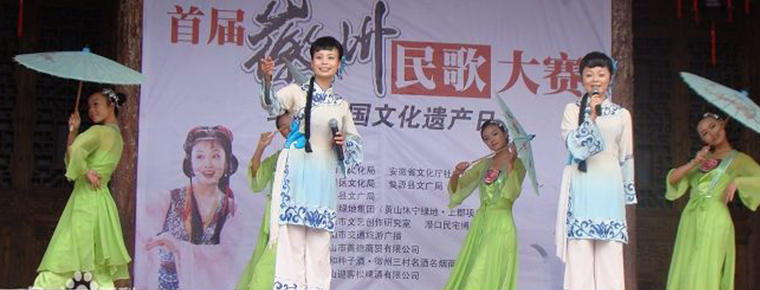
-
Zhashlenbu Temple Scenic Spot in Shigaze
Zashrunbu Temple means "auspicious Xumi Temple". Its full name is "Zashrunbu Baijid Qinqu Tangkelenan Bajawalin". It means "auspicious must gather in Fushu to win over Fangzho.
Views: 225 Time 2018-12-12 -
Central Radio and Television Tower
The Central Radio and Television Tower, now a national 4A scenic spot, is located on the west side of West Third Ring Road, Haidian District, Beijing. Near the Space Bridge, it faces beautiful Yuyuant.
Views: 141 Time 2018-12-22 -
Beijing Wildlife Park
Beijing Daxing Wildlife Park is located in the 10,000 Mu forest of Yuyuan Town, Daxing District. It is a large natural ecological park with animal protection, wildlife domestication and breeding and p.
Views: 99 Time 2018-12-26 -
Jinan Paomaling Tourist Area
Shandong Paomaling Scenic Area is located in the southeast of Jinan City, south of the famous mountain in China - Mount Tai, north of the cradle of the Chinese nation.
Views: 129 Time 2019-01-21 -
Steamed egg with sand
Steamed eggs with ginseng sand is a traditional Chinese medicine, which has the effect of invigorating qi, nourishing blood and soothing the mind..
Views: 158 Time 2019-03-24 -
Brodo
Buyi Opera, a local traditional drama in Ceheng County, Guizhou Province, is one of the national intangible cultural heritage..
Views: 127 Time 2019-04-04 -
Production Techniques of Buyi Medical Herbs for Benefiting Liver
Guiding County, Guizhou Province, is a subtropical monsoon rheumatic fever climate with distinct seasons, rich heat, long frost-free period, abundant rainfall and complex and.
Views: 318 Time 2019-04-04 -
Hubei storytelling
The evaluation of books in Hubei Province is a traditional art of rap and singing in Hubei Province. Popular in northern China, as an independent variety of storytelling,.
Views: 173 Time 2019-05-03 -
Qianshan Temple Music
Qianshan, located 20 kilometers southeast of Anshan City, Liaoning Province, is one of the most famous scenic spots in the country. In the northeast, Qianshan is as famous as Changbai Mountain in Jili.
Views: 152 Time 2019-06-10 -
Yangzhou lacquerware decoration skills
Yangzhou lacquerware painting process is cumbersome, the step is "batch putty scrape gray, brush paint and push light". During the Warring States Period, Yangzhou lacquerware decoration tech.
Views: 203 Time 2019-07-10 -
Neijiang climate
Neijiang City belongs to subtropical humid monsoon climate. Affected by the basin and the natural environment, it has the characteristics of mild climate, abundant rainfall, sufficient light and heat, and long frost free period. It is warm in winter and hot in summer,.
Views: 294 Time 2020-12-16 -
Guangan transportation
Located at the junction of Sichuan and Chongqing, Guang'an is an important passage from east Sichuan to Chongqing and southward and eastward. It is also an important node on the national "five vertical and seven horizontal" traffic trunk line.
Views: 339 Time 2020-12-19
